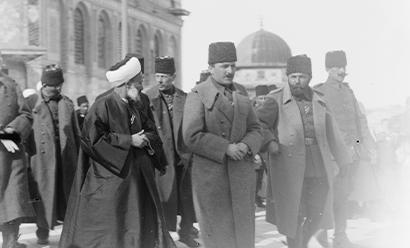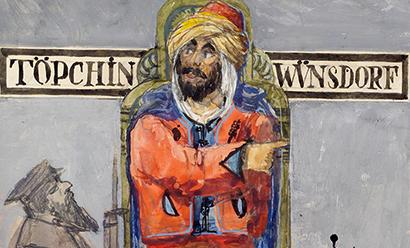WWI and Jihad ›
Halbmondlager
The German Information Office of the East recognized that Great Britain, France, and Russia would use colonial subjects in the war effort. As many of these subjects were Muslim, they developed a prisoner-of-war camp for these soldiers. This camp would be a direct arm of jihad propaganda.
“Fast als Gäste des deutschen Volkes.”
(“[The prisoners are treated] nearly as guests of the German people.”)
—"Illustrierte Geschicte des Weltkrieges 1914-15"
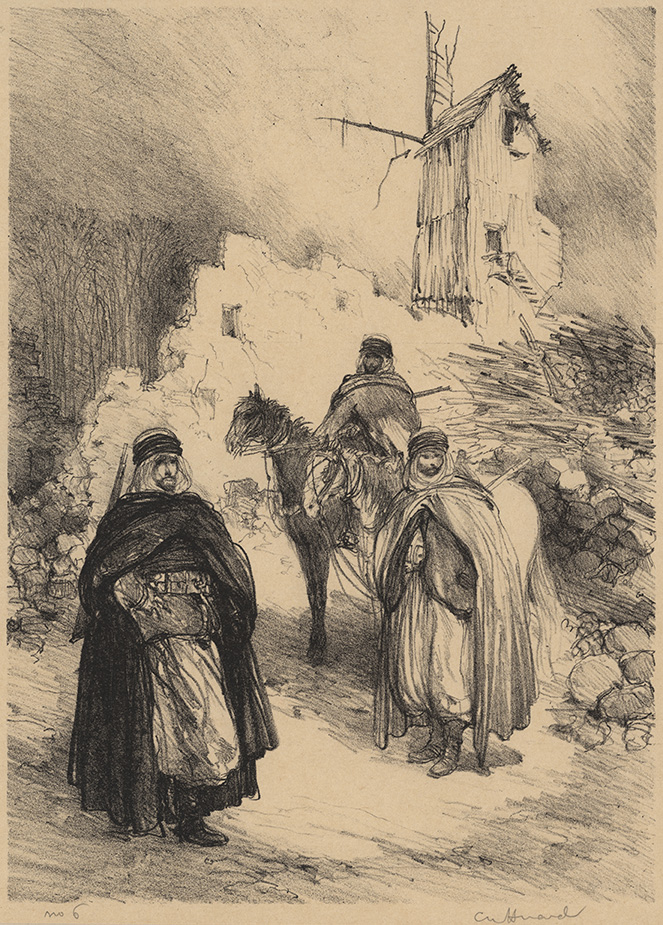
Print, Algerian Spahis in Artois. November 1914. 1977.20.28f. National World War I Museum and Memorial.
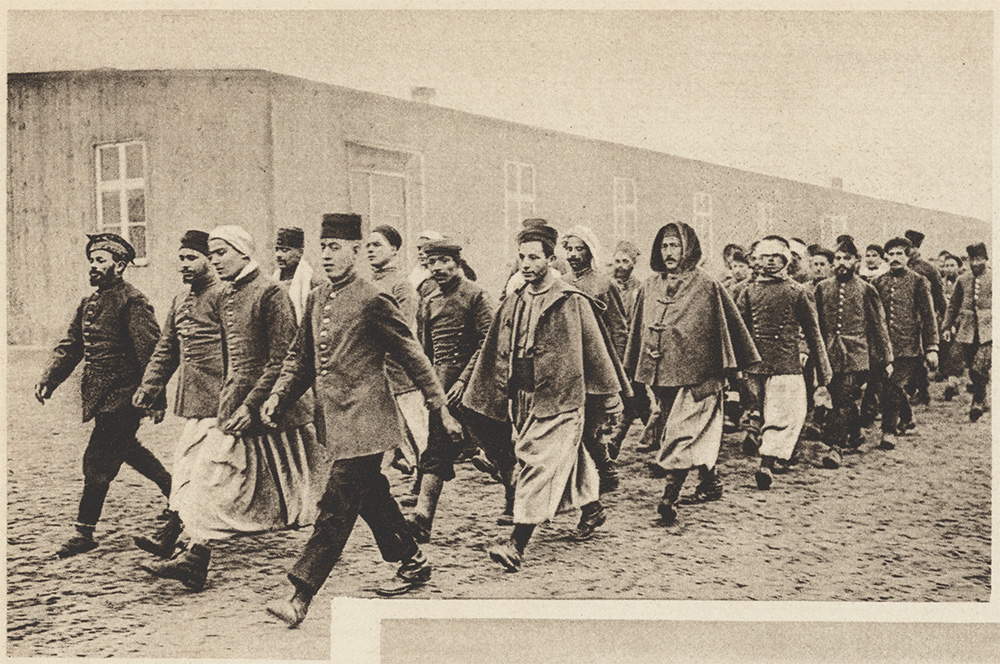
Print, Photograph from periodical "Der Grosse Krieg in Bildern," No. 2. 1915. Germany. 2007.68.2. National WWI Museum and Memorial.
The camp targeted the hearts and minds of the Muslim captured soldiers, with goals to:
- Motivate the soldiers to wage jihad and support the Central Powers
- Inspire enlistment into the Ottoman military
- Spur revolt in the prisoners' home colonies to keep military forces in the colonies – instead of on European battlefields.
This would be accomplished by providing the prisoners with “good” treatment: extra rations, more physical space and leisure time, religious expression and instruction, and educational and training opportunities within the camp.
While most prisoners identified as Muslims, their national and ethnic backgrounds were diverse.
Sound recording
VII W 903
"2 gasba pieces and scale of the gasba"
Tausch (Dausch), instrumentalist
Algeria
Playing time: 2:32 min/sec
Wünsdorf
This is a recording of a prisoner of war at the Half Moon Camp, Tausch (Dausch), playing the gasba. The gasba is a traditional Berber wind instrument from Algeria.
This recording is part of the collection of the Prussian Phonographic Commission, which made 1,650 recordings in German prisoner of war camps between 1915 and 1918.
Sound recording courtesy of the Phonogram Archive, Ethnological Museum, State Museums in Berlin.
French Empire
Soldiers from the French Empire came from North and West Africa. Infantry soldiers were known as Tirailleurs. These would be subdivided into battalions based on their home region. The Tirailleurs Sénégalais came from West Africa (including modern Senegal, Chad, Mali and other French controlled regions). The Tirailleurs Algériens, Marocains and Tunisiens originated from North Africa. Cavalrymen could come from the Moroccan Spahis.
British Empire
The British Empire had more Muslim subjects than any other nation at the outbreak of war. Soldiers came from a wide array of regions with Islamic populations. Soldiers of the British Indian Army served extensively on the Western Front in the early and middle years of the War. Regiments would be raised geographically and consist of a certain percentage of soldiers from the various classes and castes of the Raj.
Russian Empire
In the Imperial Russian Army, Tartars, Kazaks, and Muslims from Central Asia were recruited into their own regiments.

Print, Photograph from periodical "Der Grosse Krieg in Bildern," No. 4. 1915. Germany. 2007.68.4. National WWI Museum and Memorial.
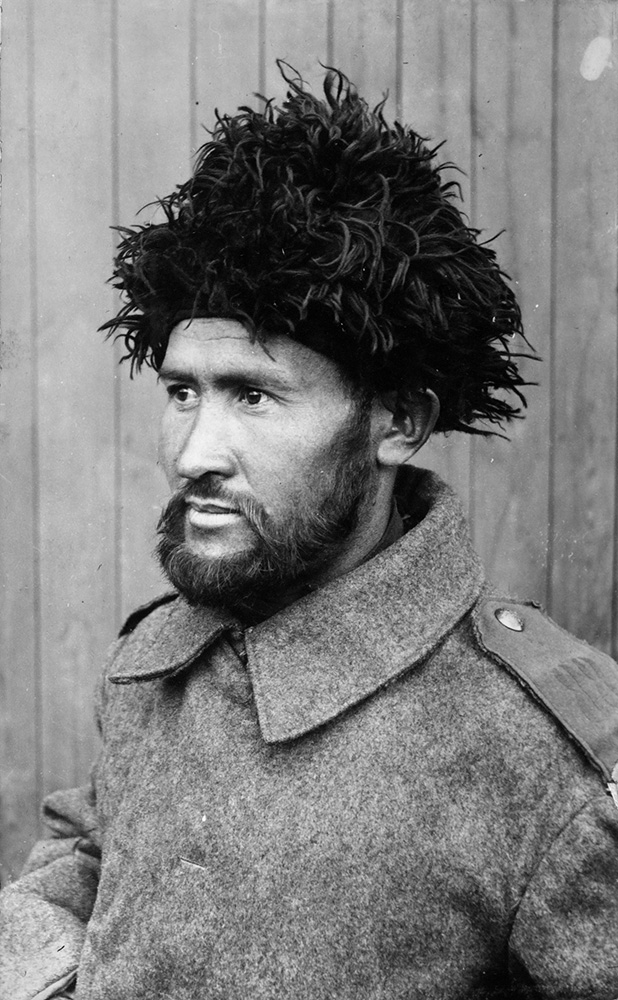
Print, Photograph. Circa 1914-17. Germany. VIII Eu 27512 d. Museum of European Cultures of the Berlin State Museums - Prussian Cultural Heritage.
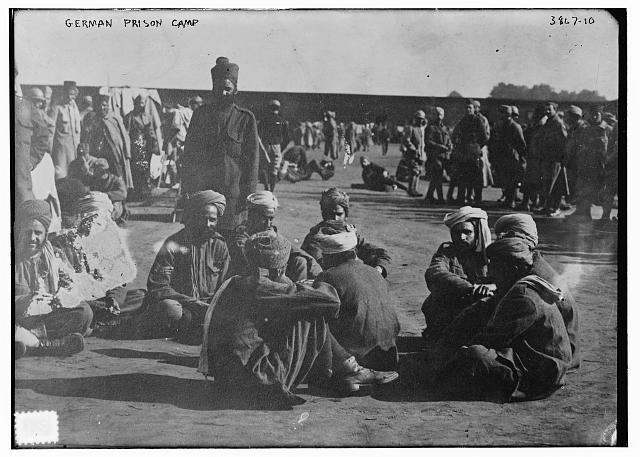
Print, Photograph. July 2, 1916. Bain News Service, Sunday Oregonian. LC-B2-3867-10 [P&P]. Bain Collection, Library of Congress, Prints & Photographs Division.
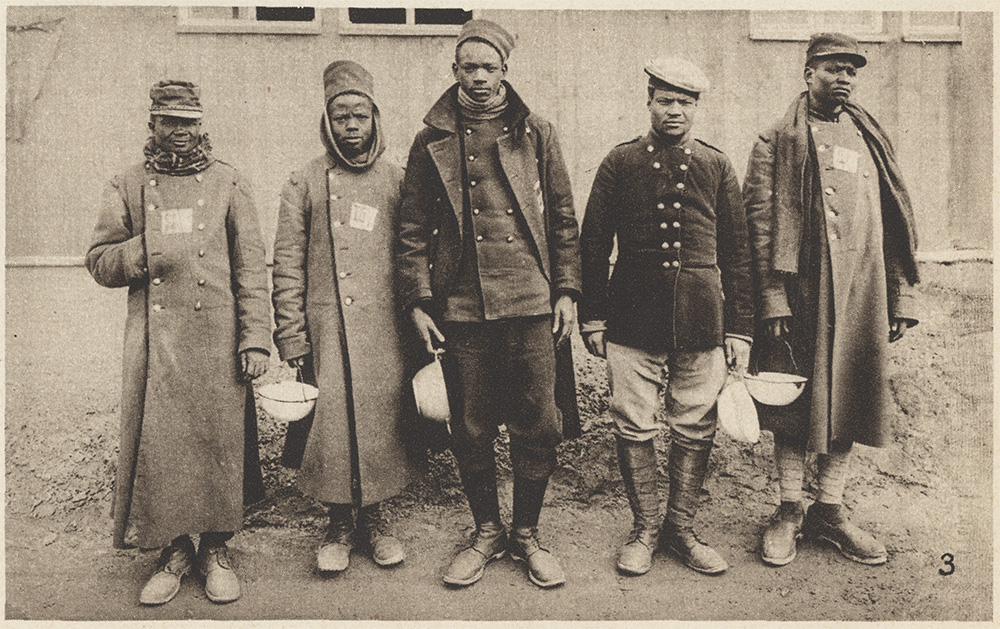
Print, Photograph from periodical "Der Grosse Krieg in Bildern," No. 4. 1915. Germany. 2007.68.4. National WWI Museum and Memorial.
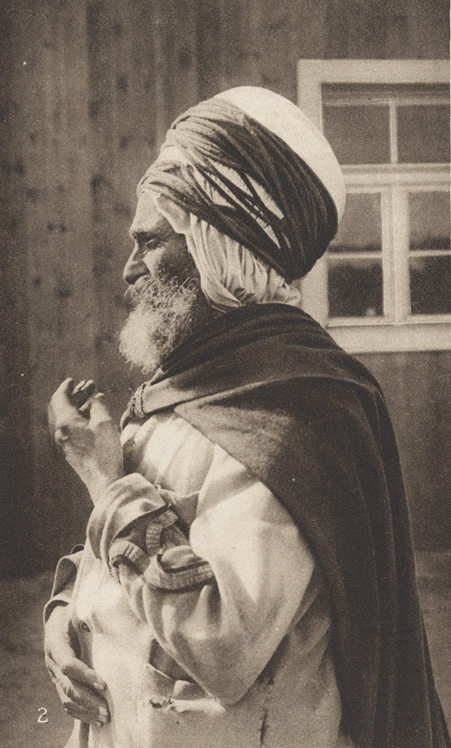
Print, Photograph from periodical "Der Grosse Krieg in Bildern," No. 4. 1915. Germany. 2007.68.4. National WWI Museum and Memorial.
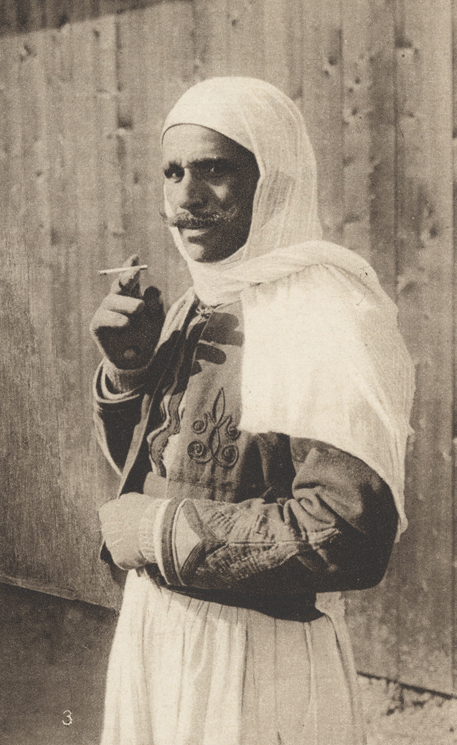
Print, Photograph from periodical "Der Grosse Krieg in Bildern," No. 4. 1915. Germany. 2007.68.4. National WWI Museum and Memorial.
